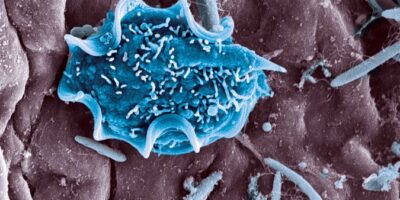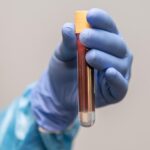The number of cats wandering freely in our communities and the complexities in managing their growing numbers are hot topics for researchers. This surge in interest comes from the urgency to discover methods for feline family planning that are safe, budget-friendly, and environmentally sustainable. Current research indicates these free-roaming felines often do not have access to adequate care and face increased dangers from predators, putting their survival at risk (Vansandt et al., 2023). The overflow of cats in shelters can also lead to the unfortunate euthanasia of otherwise healthy animals, raising ethical questions about how we care for our cat populations. A critical point raised by Vansandt et al. (2023) is the overdependence on surgical sterilization as the go-to method for controlling cat populations. This reliance brings to light the necessity for a broader range of options that are easier to access.
While there have been efforts to introduce other methods, like the application of sex steroid analogs, these haven’t quite matched up to the effectiveness and safety of traditional sterilization, nor have they received approval from regulatory bodies, such as the European Medicines Agency (EMA) or the Food and Drug Administration (FDA). Consequently, the work of Vansandt et al. (2023) is significant; they are pioneering research to uncover alternatives that are not only safe and cost-effective, but also provide a lasting solution for feline birth control. Their investigation has led them to experiment with an Adeno-Associated Virus serotype 9 (AAV9) as a delivery system to introduce a gene called fcMISv2 into adult female cats (Felis silvestris catus). This gene therapy form of contraception prevents breeding-induced ovulation and is a safe alternative to surgical sterilization.
The main method utilized in the study was the administration of an anti-Müllerian hormone (AMH) through a single intramuscular treatment with an adeno-associated viral vector for the treatment group comprising six cats (Vansandt et al., 2023). The study conducted two mating trials, each spanning four months and starting at different times: one commenced eight months post-treatment, while the other began 20 months post-treatment. In each trial, a different proven-breeder male was paired with the females. The male cat shared living space with the female cats for eight hours daily, over a span of five days each week. All their interactions were under constant watch through video surveillance. To check if the females were pregnant, they underwent weekly ultrasound exams on their abdomens. The interactions were classified into two types: successful mating (evidenced by confirmed intromission and suitable responses from the females) or just attempts at mating (which included the male trying to climb onto the female or managing to do so without intromission). As soon as a female was confirmed pregnant, she was moved to a separate maternity area around Day 50 of pregnancy and closely observed until she gave birth.
In this study, the primary biotechnology technique employed was gene therapy using the AAV9 viral vector. This vector is notably used in gene therapy for its ability to efficiently transport genes into host cells with minimal harm. The process was achieved by designing two transgenes, fcMISv1 and fcMISv2, to serve as the key components of the alternative contraception method. These transgenes were constructed using the AMH sequence from the domestic cat genome. Notably, fcMISv2 was a second-generation transgene built on a more complete AMH sequence from a later cat genome version, rectifying previous differences.
The refinement process of transgenes aimed to improve the compatibility of the transgenes with feline-specific codons and reduce their GC content – a key step in ensuring these genes work effectively in a cat’s genetic structure. The adjusted genes, fcMISv2, were then inserted into mammalian expression vectors (pcDNA3.1) for the purpose of producing the proteins they encoded. To further assist in purifying these proteins, an N-terminal FLAG tag was attached to their mature domain. Finally, the researchers evaluated the effectiveness of the transgenes by conducting an “ex vivo” assay known as the fetal rat urogenital ridge bioassay. This assay was used to determine whether the transgenes could induce regression of the Müllerian duct in fetal rats. The results showed that both the FLAG-tagged versions of fcMISv1 and fcMISv2 could achieve a grade of 4 (out of 5) at a concentration of 5 µg/ml, but AAV9-fcMISv2 treatment was more effective for contraception. This indicated that the transgenes were effective in influencing the developmental process, which is essential for contraception.
The study made a significant impact on existing research as it reveals the future of feline family planning is promising as practitioners do not have to rely on surgical sterilization methods for contraception. The experiments, using the fetal rat urogenital ridge bioassay, confirmed that the transgenes could effectively induce regression of the Müllerian duct, suggesting their potential as a non-surgical, long-lasting contraceptive method for domestic cats. This innovative approach has the potential to address the overpopulation of cats and the need for more humane and efficient family planning methods within the feline population.
Source: https://www.nature.com/articles/s41467-023-38721-0








